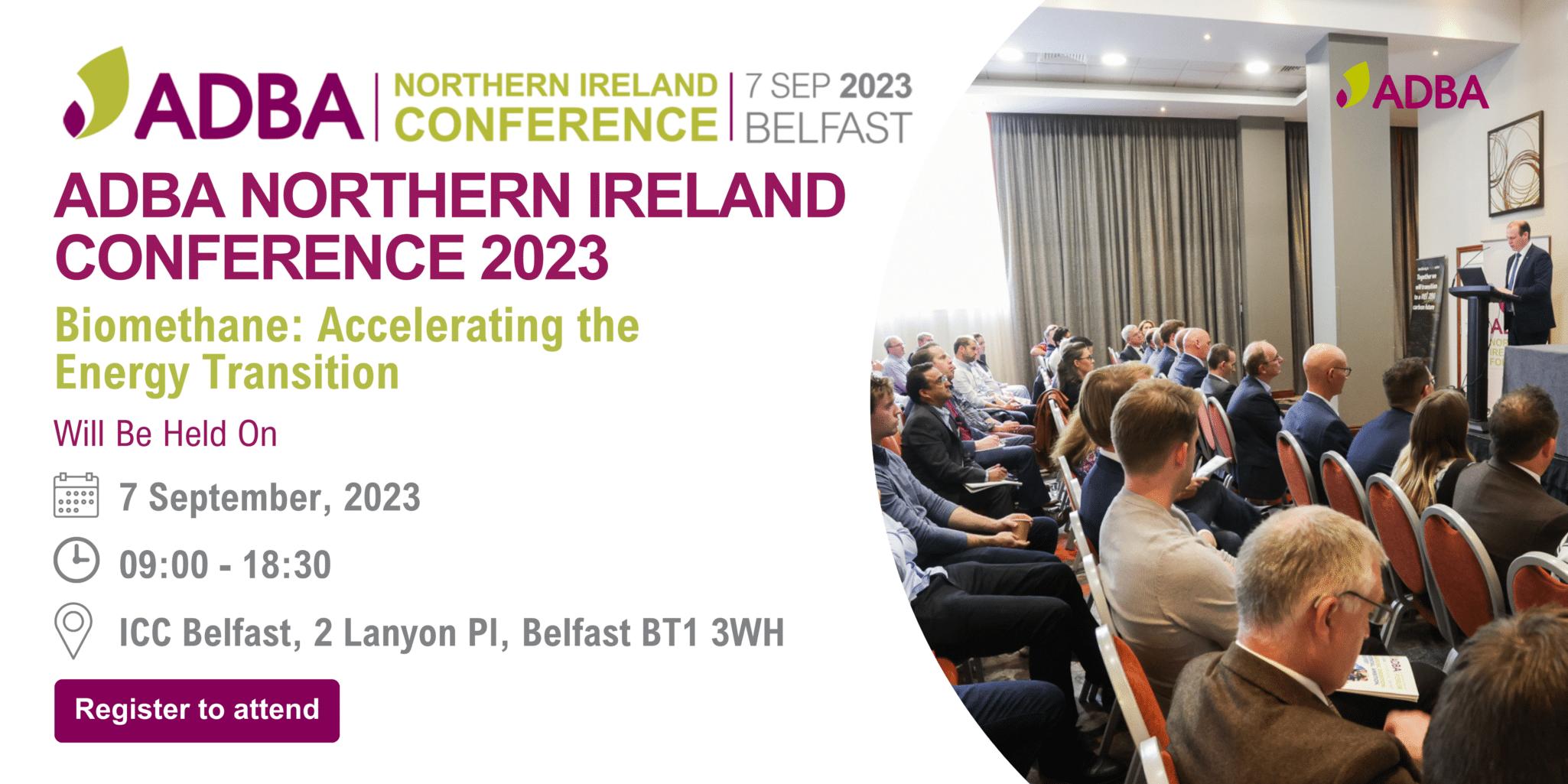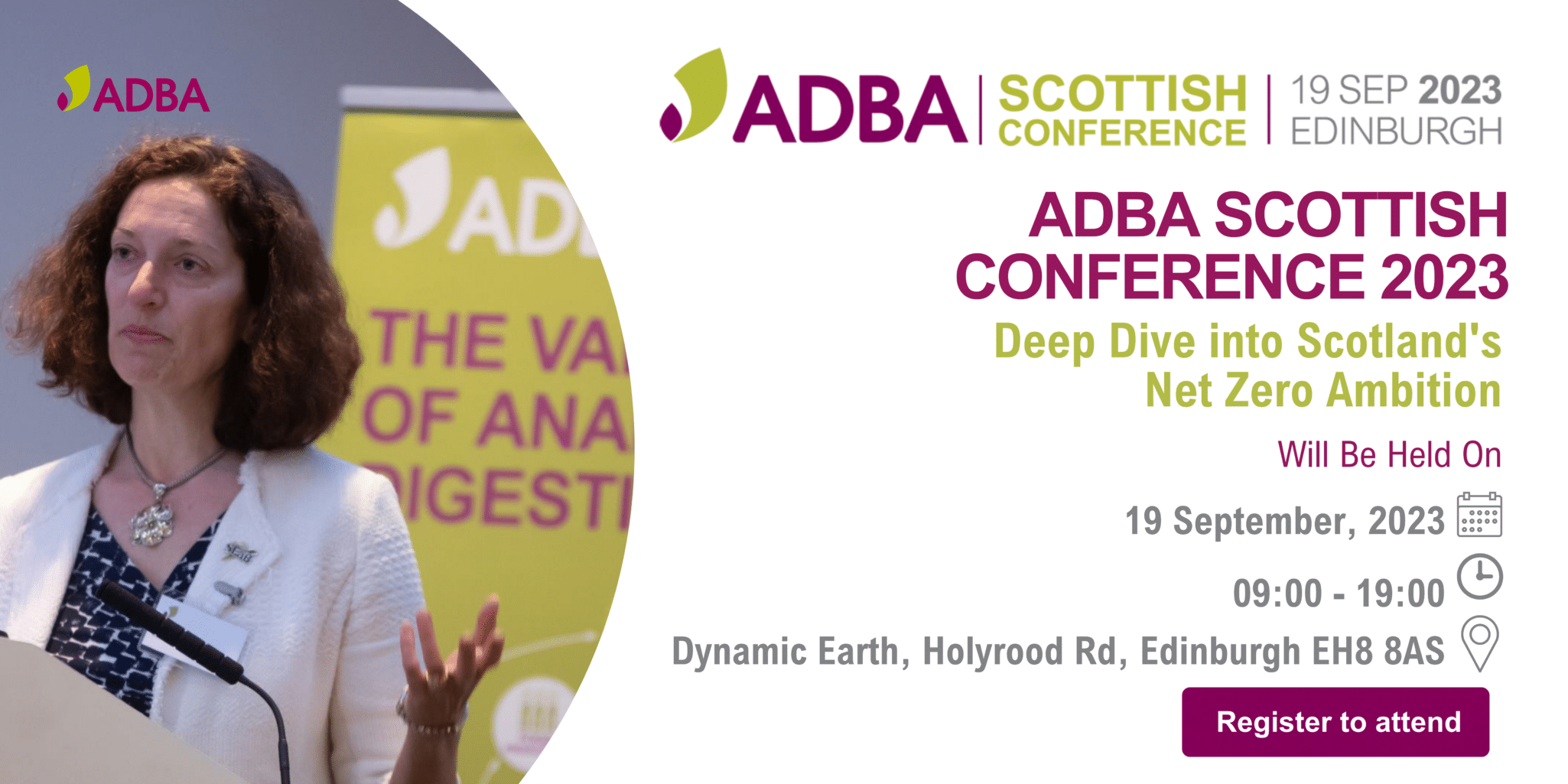The Environment Agency has updated its Resource Frameworks guidance, which will affect digestate management from…
FIT Scheme Accreditation: What Anaerobic Digestion Operators Need to Know
Feed-in Tariff (FiT) scheme in the UK is a government programme aimed at promoting the adoption of renewable energy sources by incentivizing small-scale renewable energy generation. The scheme was introduced in 2010 and was designed to financially reward homeowners, businesses, and communities for generating their own electricity from renewable sources.
ADBA policy analyst Wasundara Doradeniya has taken a look at the FiT Guidance to help you understand the guidelines better.
Introduction
Under the FiT scheme, eligible participants who installed small-scale renewable energy systems such as solar panels, wind turbines, or hydroelectric systems on their properties were entitled to receive payments for both the electricity they generated and the surplus energy they exported back to the grid. These payments were made by energy suppliers and were typically guaranteed for a fixed period, usually 20 years, from the date of installation.
The FiT scheme was structured to provide different tariff rates based on the type and capacity of the renewable energy system, ensuring a higher return on investment for smaller installations and gradually reducing rates for larger ones. This approach aimed to make renewable energy technologies more accessible to a broader range of individuals and organizations.
The Feed-in Tariff (FiT) scheme provides payments to generators of renewable electricity up to 5MW capacity in England, Wales, and Scotland. There are two routes to accreditation – Microgeneration Certification Scheme (MCS) for solar PV and wind under 50kW, and ROO-FiT for solar and wind over 50kW and all hydro and AD. ROO-FIT accreditation involves applying to Ofgem. This document covers that process.
Eligibility
- Eligible technologies are solar PV, wind, hydro, AD and microCHP up to 5MW capacity.
- Installations must be new and not have received any grants that may make them ineligible. Cannot be selling or have sold electricity under NFFO/SRO previously.
- Site assessment determines what is considered a single ‘eligible installation’. Usually based on grid connection meter point administration number (MPAN) and mechanical/electrical interactions.
- Declared net capacity (DNC) and total installed capacity (TIC) definitions affect the tariff band. TIC is max capacity without damage, and DNC subtracts parasitic loads.
- Installation must be commissioned to apply for full accreditation. Evidence of completion of commissioning procedures is needed.
- Specific metering requirements must be met to receive payments. Export meter needed unless deemed export.
- Community energy and school installations have some different rules e.g. on energy efficiency.
- AD has additional sustainability criteria, feedstock restrictions and reporting requirements – See below for more information
- Extensions commissioned after 15 Jan 2016 are not eligible. Extensions affect the site’s total installed capacity limit of 5MW.
Additional eligibility criteria for AD installations:
- From 1 May 2017, new AD applications must comply with sustainability criteria for feedstocks.
- AD generators must submit quarterly sustainability declarations confirming if feedstocks meet the criteria.
- Must submit annual feedstock declarations detailing all feedstocks used and if any restrictions apply.
- AD over 1MW capacity must submit an annual independent audit report demonstrating compliance.
- Records of all feedstocks used must be kept and provided to Ofgem if requested.
- Must complete and submit Fuel Measurement and Sampling (FMS) questionnaire detailing feedstock measurement procedures. This must be discussed with Ofgem before accreditation is granted.
- Feedstocks must meet minimum sustainability requirements:
- 60% anaerobic digestion feedstocks
- 50% advanced anaerobic digestion feedstocks
- 10% electricity-only feedstocks
- No more than 40% feedstocks from the undersown cereals and oilseed rape category
- No feedstocks from land converted from another status after 2008.
- Biomass feedstocks must meet land criteria similar to Renewable Heat Incentive.
- Restrictions on percentages of different food/feed crop feedstocks based on installation capacity.
Preliminary Accreditation
- Provides tariff guarantee before commissioning. Valid for fixed periods depending on technology.
- The application requires planning, grid connection and other documents.
- Installation must match preliminary details when commissioned.
Accreditation
- Apply via Ofgem’s Register once commissioned. Must match the preliminary accreditation if obtained.
- Ofgem confirms accreditation if eligible. FIT payments start from the ‘eligibility date’.
- Must appoint FIT Licensee to receive payments.
Modifications
- Generators must notify Ofgem and FIT Licensee of any changes such as decommissioning, extensions, and meter changes.
- Can repair/replace generating equipment without affecting eligibility generally.
Examples of costs that are not part of the installation for the purposes of FIT for AD
- Pre-design feasibility studies
- Infrastructure for transmitting electricity/heat generated by AD plant, e.g. to neighbouring buildings
- Local electricity grid reinforcement/upgrades
- Transforming digestate into different products, e.g. dewatering to create dry compost as opposed to a low dry matter liquid.
- Secondary gas treatment/use
- Educational facilities associated with the AD plant, e.g. visitor centre.
- Secondary feedstock pre-treatment for large-scale plants
- Slurry/maize storage for small-scale plants



